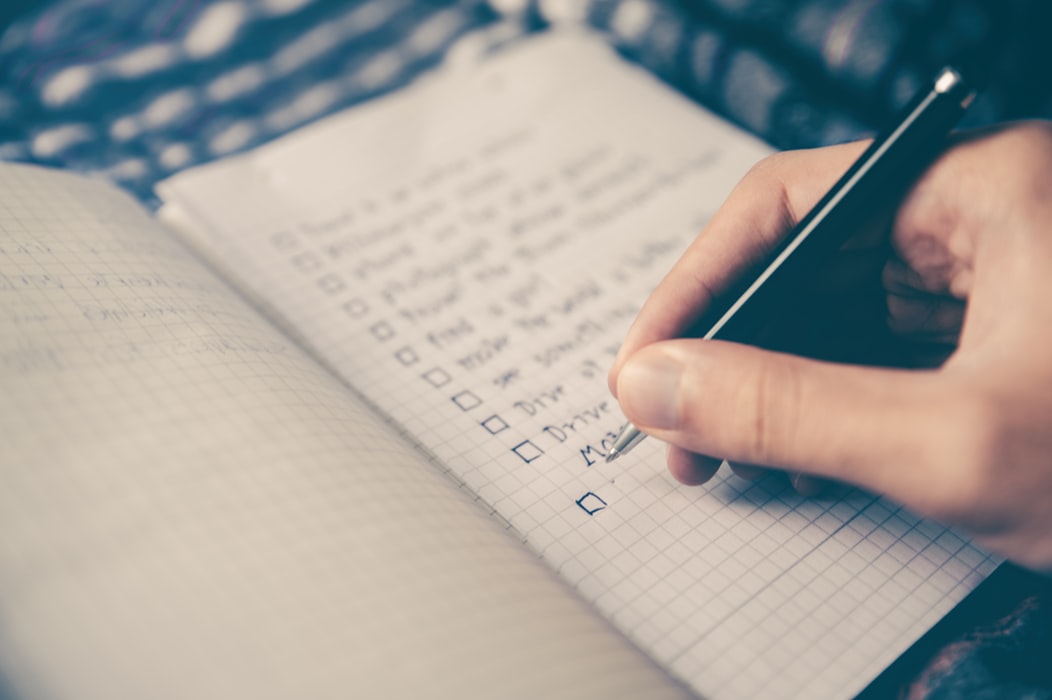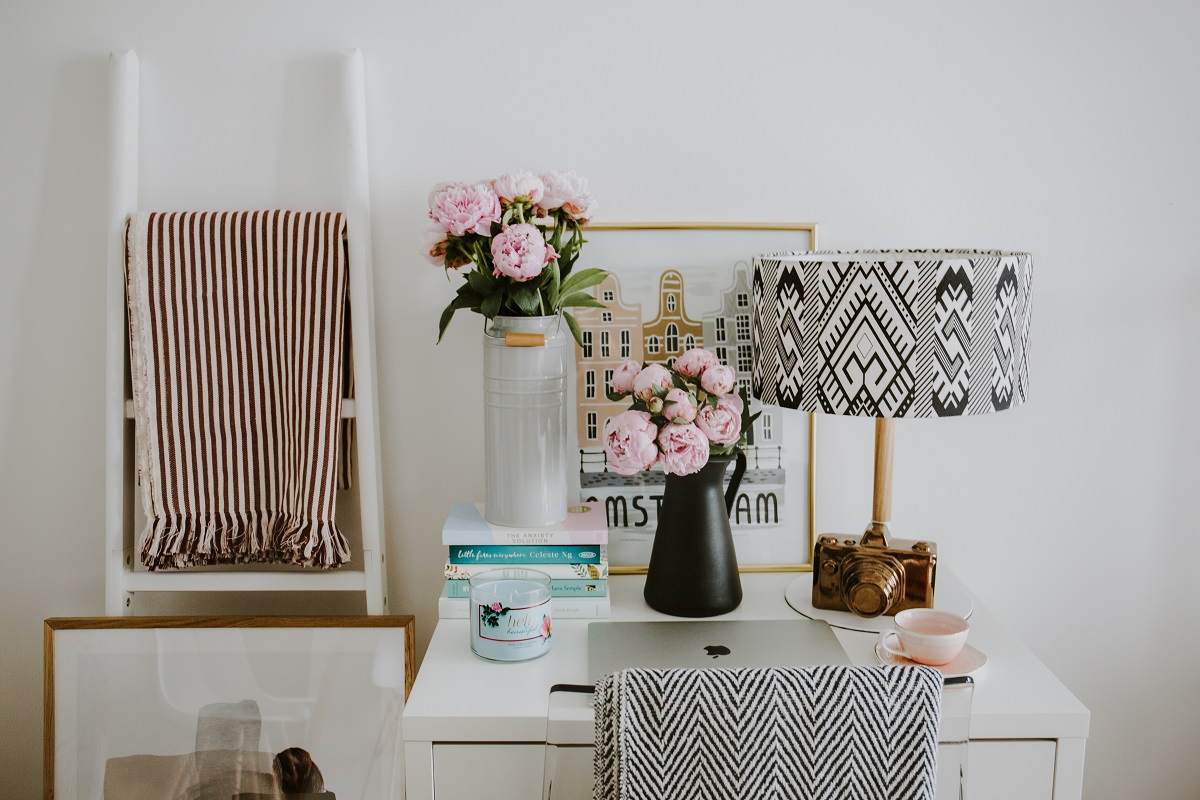How to Have an Effective Digital Detox
The chances are you’re on your smartphone right now reading this blog. Or, it’s just an arm’s length away. Well, you’re not the only one. Billions of people all around the world are constantly plugged in, with the average person checking their phone 200 times a day – or once every six and a half minutes – and we’re beginning to feel guilty about it.
Although there’s no denying that technology is incredibly useful, there are many concerns about the detrimental effects that the astounding amount of time we spend on our digital devices is having on our overall well being.
As we mentioned in our previous blog on creating a meditation space in your home, ‘switching off’ (in all sense of the phrase) is vitally important to both our physical and mental health. That’s why we’re here to help you escape being a slave to your smartphone and guide you in how to have an effective digital detox.
So, what are the benefits of having a digital detox?
Taking time off technology can make you feel more at peace, create deeper connections with those around you, increase your productivity levels and it will also teach you how to create boundaries on when and where you are available to be contacted.
Steps to take to have an effective digital detox:
Going cold-turkey on using your gadgets isn’t an effective way to break your technology-addiction and you will likely break your detox sooner than if you plan ahead. We have come up with five steps that you should take to have an effective digital detox.
1. Make lists to focus your mind
To start your detox and escape the dependency we have on our devices, you can begin by making a list of all the gadgets that you own, such as your t.v., sat-nav, laptop, smartphone, tablet, even add your Alexa to that list too. This will help you really get a feel of all the areas of your life that technology has crept into.
Then, you can go one step further and identify the apps or websites you visit most often and think about why you’re drawn to them. Can you incorporate your favourite thing to do online into your real life? For example, if you follow a cooking network on Facebook, could you reduce the time you spend watching what they do, print off some recipes and get cooking yourself?
Finally, make a list of the things you wish you had time to do, maybe inspired by the previous task, but can never seem to fit them into your day-to-day life. Hopefully, this will make you realise that if you cut-down the minutes you spend on your gadgets, you’ll gain back time which you can use to do things that are more meaningful to you.
2. Give yourself an allowance, don’t set unachievable targets
Unfortunately, it is virtually impossible to live in a constant state without our devices – no pun intended! – therefore, digital detoxes are something that you should ease yourself into.
Firstly, you should set yourself a detox period, how long do you want to be doing this for? A week? A month? Maybe even a year? This time period is very personal, and will largely depend on what kind of lifestyle you need and whether or not you are reliant on technology for work.
To have a successful detox, Dr Richard Graham recommends establishing a maximum daily time allowance that you would be happy to spend on your devices during this period.
This time allowance can be reduced daily during your detox, leaving you with more hours in the day to focus on the real world. Not only will this set you up for a successful digital detox, but it will likely change your routines and habits relating to technology and allow you to find a better tech to real life balance coming out of the detox period.
3. Buy an alarm clock (and keep the gadgets out your bedroom)
A 2016 BBC study found that almost half of young people go to bed with their phones, and this statistic is thought to have drastically risen since then, with adults being culprits too. Having your phone in the bedroom can affect sleep and therefore decrease productivity levels.
To stop this, try switching to a real alarm clock and storing your phone in a different room for the night. When your clock’s alarm goes off, allow yourself time to get up slowly. Take 10, 15, even 30 minutes to simply relax in the morning, without your phone in your hand.
Cherish those precious moments before the hustle and bustle of the day begins. Your bedroom should be a place to relax and sleep, and not overload your brain with news stories, intense movies or even late night virtual conversations. This will allow you to feel well-rested and more motivated for the day ahead.
4. Prepare for temptation, plan activities
Breaking an addiction isn’t an easy task, and technology addiction is no exception. If you’re just sitting around at home trying to resist checking your phone or turning on the TV, it’s going to be almost impossible to succeed in your detox. To prepare for the temptation, activities should be planned in advance.
Doing something physically immersive would diminish FOMO the most, such as taking a camping trip, attending a dance class, or even joining the gym. But, if you don’t wish to leave the comfort of your own home, books and music are the next best thing. Before the detox begins, invest in some good old paper books and CDs, or even records, and allow yourself to be enraptured by the words on the page or the notes of the song.
5. Make everyone aware of what you’re doing
In a world where everyone is readily available, if people aren’t aware of your digital detox, misunderstandings can happen. So, before you begin your detox, use technology to make your family and friends aware of what you’re doing. You can contact them via email, text or even social media so that people know that when you begin your detox, you haven’t just disappeared from the face of the earth!
If this has inspired you to take a digital detox, let us know by contacting us via our social media links. We’d love to hear what your plans are for your time away from tech!







